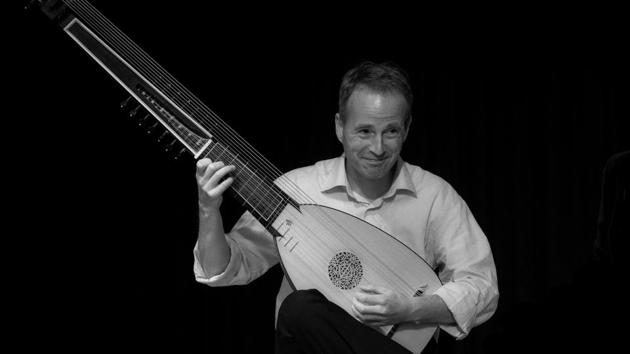Attend Dutch history lessons at Mumbai museum
As the historians speak, they will be accompanied by Dutch musician David van Ooijen, who will render strains on the archlute inspired by the social life — church bells, street sounds, the din of an inn — of the erstwhile Dutch settlement in Fort Cochin
Name three Dutch monuments in India… ok, name one. Chances are you can’t. And that’s something the consulate, in association with the Bhau Daji Lad museum, are looking to fix.

On Monday, Dutch historian Bauke van der Pol and Indian historian Anjana Singh will explore the rarely-talked-about Dutch colonial history of India, via architecture and shared memories.
The Malabar coastline is full of memories, says Singh. There’s also the massive tomb of a Dutch commander in Surat and a beautiful yet imposing Dutch fort in Chinsurah, West Bengal, all legacies of the Dutch United East India Company set up in 1602.
Unlike the British legacy, which is extensively touched upon in history books in India, the Dutch United East India Company remains a distant memory — mainly because the Dutch did not colonise India as extensively as did the British and the Portuguese, who influenced religion, language etc, says van der Pol. Dutch interests in India were restricted largely to trade.
“For me, therefore, the Dutch heritage consists mainly of cemeteries, houses, churches and ware-houses,” says van der Pol.
Fort Cochin remains the best preserved former settlement, but Dutch cemeteries stretch across Patna and Chappra in Bihar, Ahmedabad and Bharuch in Gujarat.
“The tomb in Surat is that of Adriaan van Reede tot Drakenstein, who was also a botanist and compiled the Hortus Indicus Malabaricus, on the plants and trees of the Malabar region,” says van der Pol.
As the historians speak, they will be accompanied by Dutch musician David van Ooijen, who will render strains on the archlute inspired by the social life — church bells, street sounds, the din of an inn — of the erstwhile Dutch settlement in Fort Cochin.
“When the Dutch consulate got in touch with us to collaborate on the event, we also offered one of our oldest books for display at the seminar,” says Puja Vaish, curator at the museum.
Philippus Baldaeus’s Dutch Presence in the Subcontinent, published in 1672, offers a rare glimpse into the Dutch settlement of the 17th century and will be on display during the event.
WHAT: Indo-Dutch Cultural Heritage, a talk and musical performance
WHERE: Bhau Daji Lad museum, Byculla
WHEN: November 27, 6 pm to 9 pm
Entry is free but registration is compulsory. To register, email ccardoza@bdlmuseum.org



